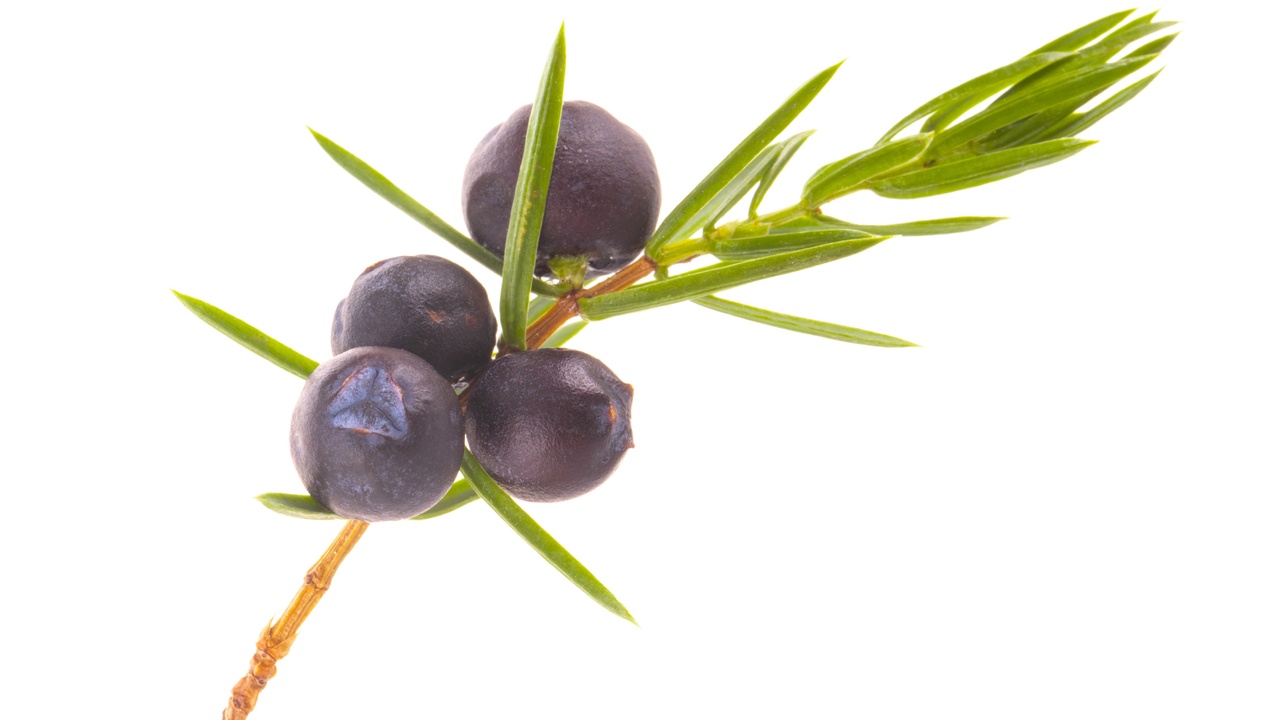Juniper Food As Medicine
Feb 12, 2022
If it tastes like food it probably is, if it taste like turpentine leave it alone, though most species of juniper are used in medicine, a few such as J. sabina and J. oxycedrus are very poisonous and should not be consumed therefore proper identification is important
Mature blue berries are used to flavor game, red meat & heavier foods in the wintertime which are aided in processing by juniper. They are also used to flavor stuffing, marinades and stews. In Europe one cannot make authentic sauerbraten or sauerkraut without juniper berries. In the southern Alps a dark syrup is made from the berries and is traditionally eaten as a dessert with cream or hot milk. (Some berries are as much as 30% sugar.) The cone scales are high in dextrose which is fermentable.
J. communius is the main species that grows in Europe and Scandinavia. It is used in cooking food, preserving and pickling vegetables. It’s method of use varies in Europe,
A spirit that most folks recognize as a favorite ingredient in slightly bitter, sometimes citrusy mixed drinks. The word ‘Gin’ is derived from the word Juniper and it is the primary herbal ingredient. It is also required that anything labeled and sold as Gin currently must have a certain percentage of Juniper berries in it. Flavors vary according to location of the Juniper plant. Different soil and climate conditions can affect the flavoring of Juniper berries in Gin.
Juniper berries are primarily used dried as opposed to fresh in gin production, but their flavor and odor is at their strongest immediately after harvest and declines during the drying process and subsequent storage.
Traditionally J. communius was used, and is still used to make Gin in Europe. Try this Herbal Gin Recipe!
Gin is often used in bitters drinks: cocktails combining some amount of bitter herbs infused in sugar, honey, alcohol, glycerin, vinegar or some combination thereof and taken before or after a meal with added tonic water to increase the efficiency of digestion. These can be called Aperitif (before the meal) and Digestifs (after the meal).
It seems like Juniper’s use in brewing is universal in Europe with the most concentrated popularity being in northern Europe, perhaps where it’s use in brewing originated.
The use of juniper in brewing is manifold. Sometimes the branches and berries are boiled in the brewing water, rendering an extract with which to conduct the brew. In other cases the branches are used as a rudimentary strainer to separate the wort from the mash in a wooden trough.
This is often accomplished with the addition of straw and harks back to primitive brew craft. And in some instances the mature berries—actually fleshy cone scales rich in dextrose—are used as a source of fermentable sugar.
Juniper berries and branches have historically been used both as a flavoring for and as a fermentable ingredient in beer. Its use is traditionally common in the Nordic countries, and particularly in Finnish sahti, an ancient beer style that is still produced today.
The berries are high in vitamin c, d3, b amino acids, trace minerals - Calcium, chromium, iron, magnesium, manganese, potassium, selenium, zinc
Traditional uses across the globe:
- Scandinavia - Game, Gravlax
- German - Pot roast fermented veggies, sauerkraut,
- French - Pate, charcuterie
- Swiss - Add juniper berries to heating fuel to sanitize classrooms.
- Juniper - Delicious on duck, goes well with purple fruits
- Add to roast goose & duck to reduce the taste of fat.
- Add to bread stuffings.
- Add a few berries to braises
Have you checked out our Spring Detox eBook & Microcourse?
If you're ready for a fresh start – a true inside out restart – then yes, this micro-course is absolutely for you!
